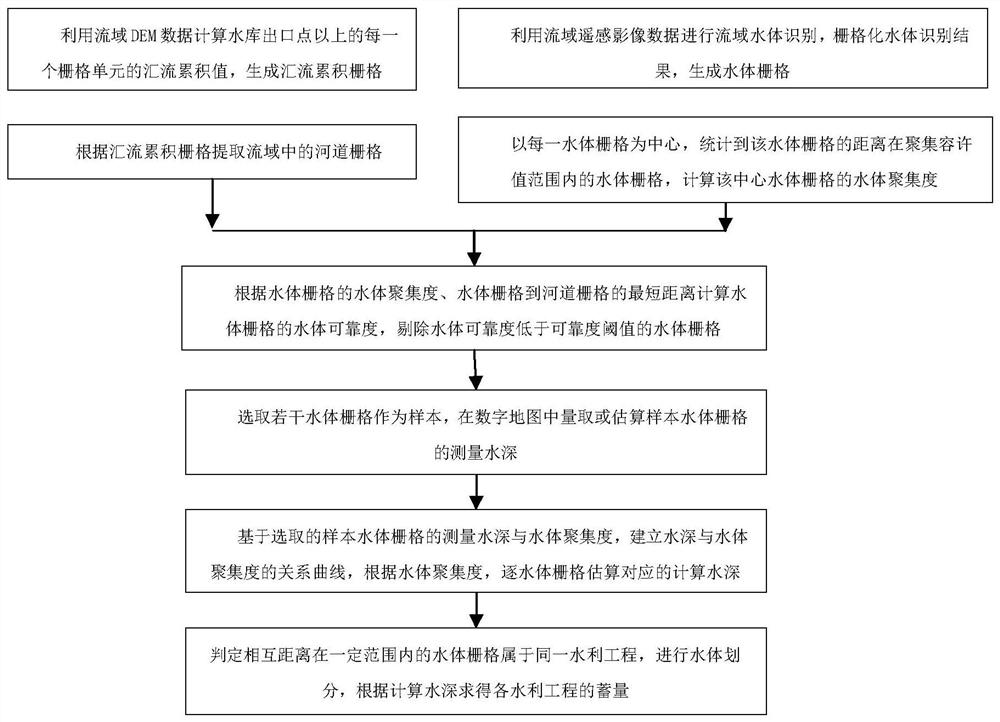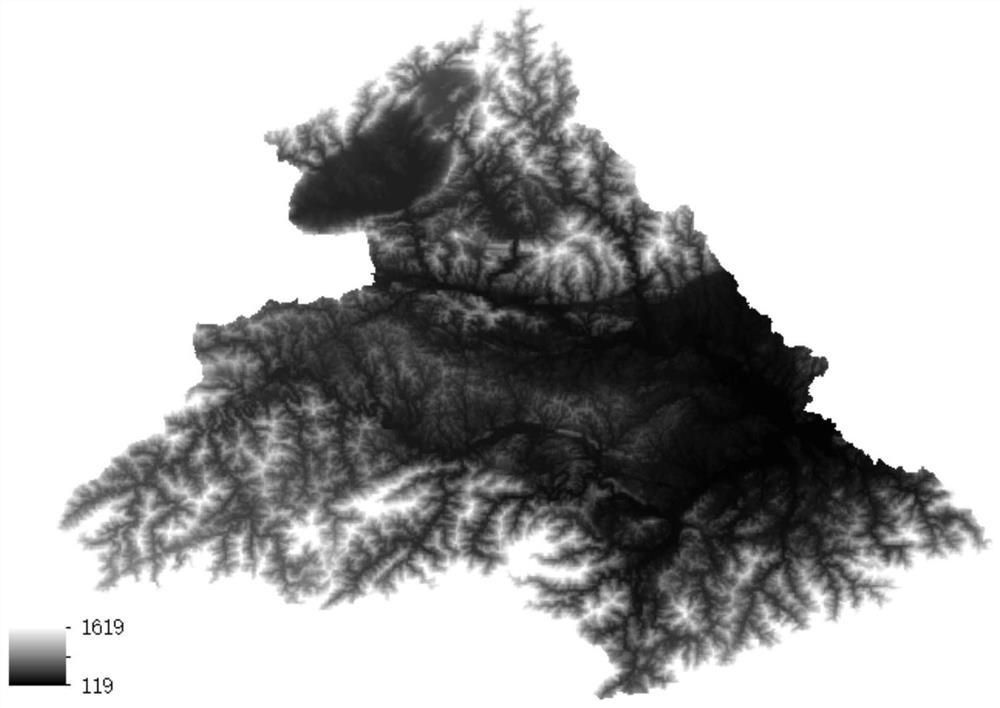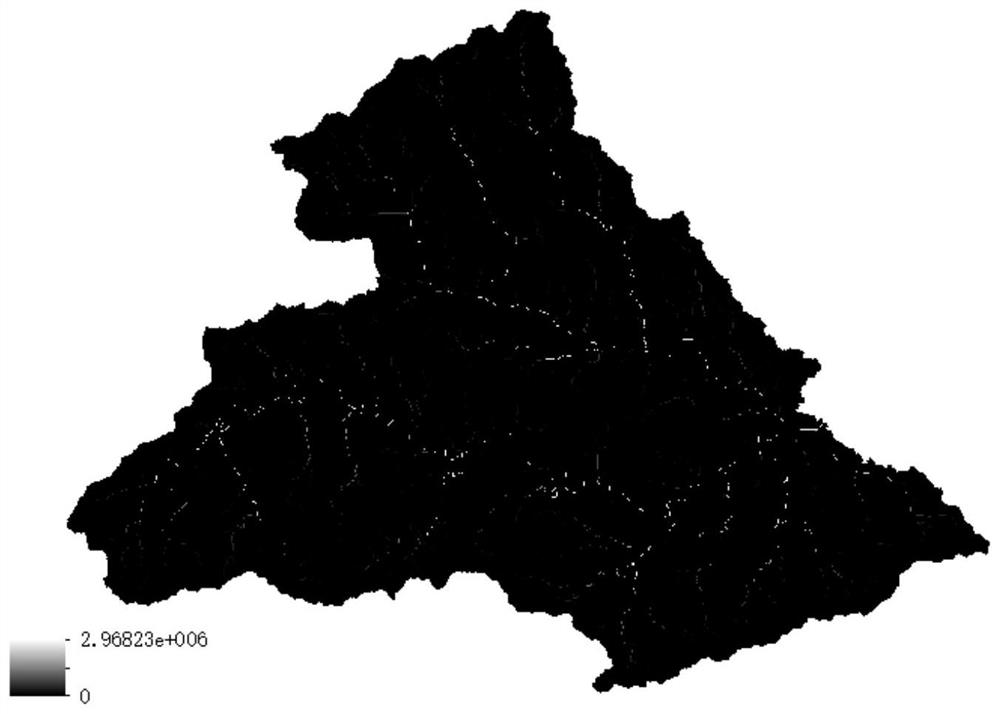A method for estimating storage capacity of reservoirs and dams in areas without data
A data-free and regional technology, applied in the field of estimating the storage capacity of reservoirs, ponds and dams in data-free areas, can solve the problems of increasing the difficulty of flood forecasting and dispatching, threatening the flood control safety of reservoirs and watersheds, and low accuracy of terrain data, so as to facilitate automatic generation , Promote in-depth development and reduce difficulty
- Summary
- Abstract
- Description
- Claims
- Application Information
AI Technical Summary
Problems solved by technology
Method used
Image
Examples
Embodiment Construction
[0060] The present invention will be further described below with reference to the accompanying drawings and specific embodiments.
[0061] like figure 1 As shown in the present invention, a method for estimating the storage capacity of reservoirs, ponds and dams in areas with no data includes the following steps:
[0062] S1. Use watershed DEM data ( figure 2 ) calculates the cumulative catchment value for each grid cell above the catchment outlet point to generate a cumulative catchment grid ( image 3 ), including the following steps:
[0063] 1) Initialize the cumulative value of confluence of each grid cell in the watershed, taking the value 1;
[0064] 2) Taking the grid cell Cell as the center, calculate the ratio of the height difference and the distance between the surrounding grid and the grid cell, and find the grid cell Cell corresponding to the maximum value of the ratio D ;
[0065] 3) Make Cell a flow grid, Cell D As an inflow grid, the direction is from ...
PUM
 Login to View More
Login to View More Abstract
Description
Claims
Application Information
 Login to View More
Login to View More - R&D
- Intellectual Property
- Life Sciences
- Materials
- Tech Scout
- Unparalleled Data Quality
- Higher Quality Content
- 60% Fewer Hallucinations
Browse by: Latest US Patents, China's latest patents, Technical Efficacy Thesaurus, Application Domain, Technology Topic, Popular Technical Reports.
© 2025 PatSnap. All rights reserved.Legal|Privacy policy|Modern Slavery Act Transparency Statement|Sitemap|About US| Contact US: help@patsnap.com



